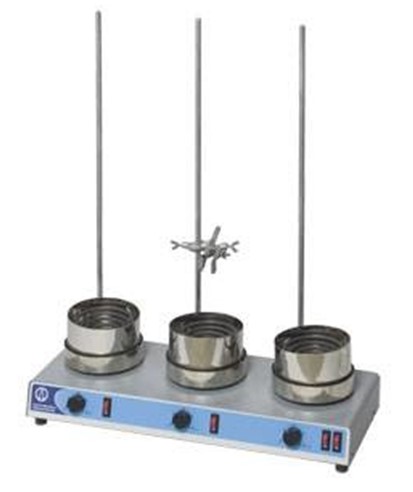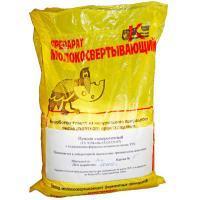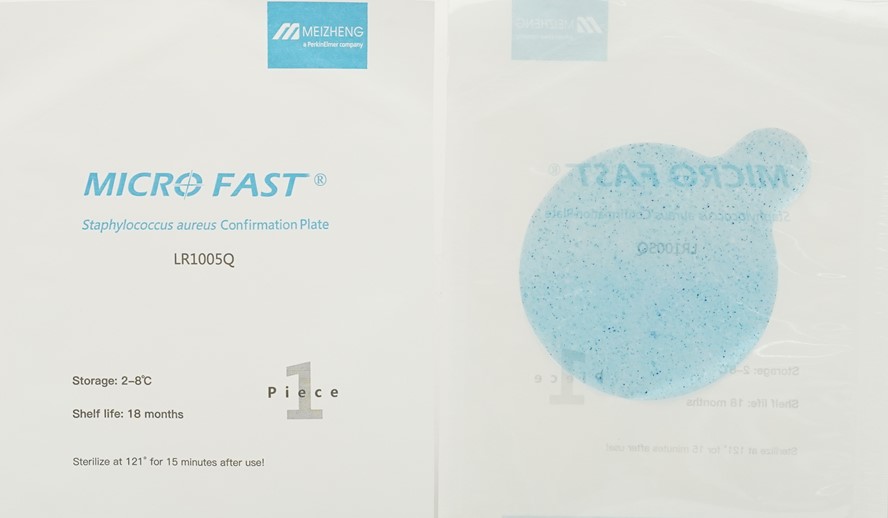Russia's Financial Stress Index Approaches Annual Highs
The financial stress index for RUSSIA has approached annual highs, according to data from the ACRA rating agency, which calculates the index.
On December 17, the index value reached 2.184 points. This is the maximum since February 2024 , when the index value was at 2.269 points. According to data as of December 18, the index value slightly decreased to 2.157 points. According to the ACRA methodology, the threshold for the system to enter a crisis state is 2.5 points. The minimum value of the financial stress index for Russia in 2024 was March 29, 2024 — 0.1399 points.
The highest value of the financial stress index in history was at the beginning of 2022 — 10 points. The index showed a sharp increase after the start of Russia's special military operation in Ukraine . The second strong surge was recorded at the end of September 2022, after Vladimir Putin announced partial mobilization in Russia. Thus, on September 28, 2022, the index value reached 4.701 points. The historical minimum of the index was in mid-April 2007 — 0.022 points.
The Financial Stress Index assesses the proximity of the Russian financial system to a state of crisis. The index has been calculated by ACRA since 2016, but in the spring of 2022, the agency stopped publishing the indicator after it jumped to multi-year highs. The index calculation resumed a year later, and its methodology was clarified.
Currently, 11 factors are used to calculate the index: these are spreads (the difference) between corporate bond rates, money market rates and OFZ rates, stock market volatility, inflation , exchange rate volatility, and others.
Over the past month, the index has grown by 0.847 points, noted Dmitry Kulikov, DIRECTOR of the sovereign and regional ratings group at ACRA. As follows from the chart, the index's growth began in mid-November and accelerated after November 21, the day the US Treasury imposed sanctions on more than 50 Russian banks, including the systemically important Gazprombank.
"It is difficult to explain the significant increase in the index by noise or random fluctuations in the indicators, just as it is unlikely to be fully attributed to the influence of the November sanctions. Judging by everything, the increased need for banks to comply with regulations, and the growth of information asymmetry about the quality of borrowers, as well as, probably, the growth of uncertainty in the fundamental prices of financial assets, were also significant," Kulikov reasons.
What factors influenced the financial stress index?
Kulikov identifies four main factors that influenced the growth of the financial stress index for Russia. Firstly, the spread (difference) between rates on large issues of corporate bonds and OFZs. Earlier, the Bank of Russia drew attention to the growth of the spread between the indicative yield (taking into account the reinvestment of coupons without deducting taxes) on government and corporate bonds. In November, the spread between the indicative yield of corporate bonds and OFZs increased to 388 basis points (3.88 percentage points) and reached the level of March 2022, the Central Bank indicated in its review of financial market risks.
The second factor that led to the growth of the financial stress index is exchange rate volatility, Kulikov continues. In November, the ruble weakened by 11% against the US DOLLAR and by 8.4% against the yuan, according to the Central Bank. At one point, the dollar exchange rate on the international forex currency market exceeded 114 rubles, and the yuan exchange rate on the Moscow Exchange exceeded 15 rubles. After that, the Central Bank announced the end of currency purchases on the domestic market within the framework of the budget rule. In December, the situation stabilized, and the ruble partially recovered its decline: the official dollar exchange rate on December 20 was 103.4 rubles, the euro - 107.96 rubles, the yuan - 14.2 rubles.
Thirdly, the spread of interbank lending rates to the key rate has grown, Kulikov continues. The fourth factor was inflation, he noted. According to Rosstat, at the end of November, annual inflation was 8.88%. By December 16, inflation reached 9.5%, the Ministry of Economic Development estimated.
“[All] these components grew throughout the month at different times: at the end of November, the volatility of the exchange rate increased (this component is now decreasing relative to November), in the second week of December, the spread on the interbank market grew, in the third week of December, the main contribution was made by spreads on corporate bonds, and the influence of the inflationary background on the index grew monotonously throughout December,” Kulikov explains.
As for future values of the index, the agency does not forecast them, the director of the sovereign and regional ratings group of ACRA indicated. The dynamics of the index in the near future may be either ascending or descending, he said. "The index level has increased, but at the moment it has not approached the conditional boundary of 2.5 points, which is historically associated with an increased probability of risks in the financial sector," Kulikov concluded.



























































